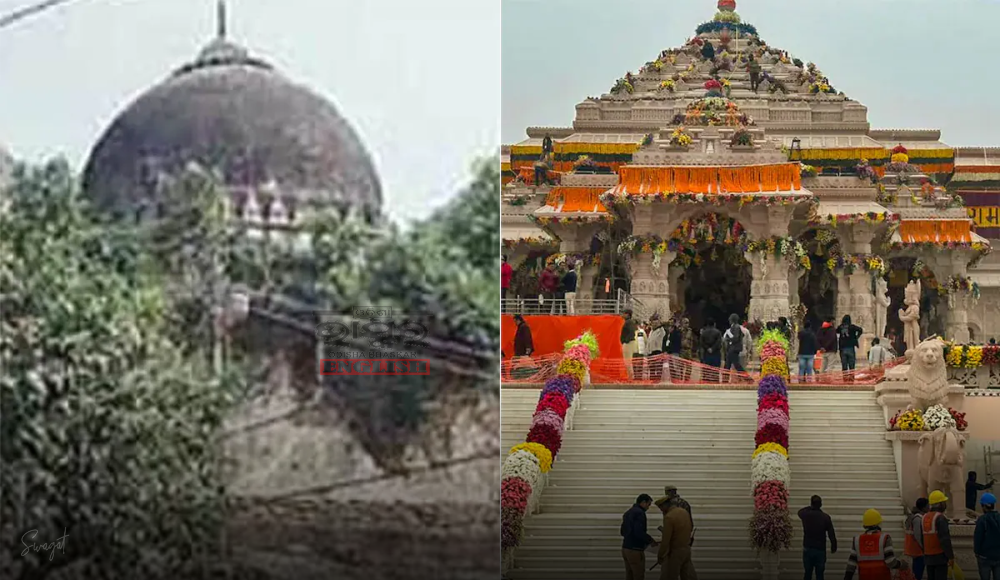In a saga spanning over 150 years, the Ayodhya dispute centred around 2.77 acres of land, the site of the Babri Masjid, claimed by Hindu groups as the birthplace of Lord Ram. The political turbulence leading to the Babri Masjid’s demolition on December 6, 1992, marked a volatile period, accompanied by a monumental legal battle.
As the dispute unfolded, Independent India witnessed 14 Prime Ministers, and Uttar Pradesh had 21 chief ministers. The Bharatiya Janata Party (BJP), spearheading the Ayodhya temple movement, experienced a significant rise in political fortunes, evolving from 2 seats in the Lok Sabha in 1984 to 303 in 2019.
Here’s a timeline of key events leading to the current day:
1858: Nihang Sikhs storm Babri Mosque, initiating the first recorded attempt to claim the birthplace of Lord Ram.
1885: Mahant Raghubar Das seeks permission to build a temple, but the court rejects the plea.
1949: Idols of Ram Lalla was placed under the central dome, leading to a legal battle.
1984–86: Vishwa Hindu Parishad (VHP) launches a movement for the Ram temple.
1990: L.K. Advani’s rath yatra demands the temple’s construction, leading to clashes in Ayodhya.
1992 December 6: Babri Mosque is demolished by kar sevaks, despite assurances from the government.
1993: Communal riots erupt across India.
2003: Archaeological Survey of India begins excavation of the disputed site.
2011 September: Allahabad High Court divides the disputed area among Hindus and Muslims.
2019 November 9: Supreme Court delivers a landmark verdict in favour of a temple, allocating 2.77 acres for construction and 5 acres for a mosque.
2020 August 5: Prime Minister Narendra Modi lays the foundation stone for the temple.
2024 Jan 22: Pran Pratishtha (consecration ceremony) of Ram Lalla’s idol takes place, led by Prime Minister Narendra Modi.




Comments are closed.